MsMpEng.exe, aka antimalware service executable, is a native antivirus, anti-malware & spyware program in Windows 10. While running in background, it scans for any suspicious virus and takes active steps to prevent them from further infecting our computer.
Note that MsMpEng.exe can also be a resource-hungry program and that’s why MsMpEng.exe has been eating up so much of your CPU usage, causing computer slowdown, lagging and even 100% Disk Usage issues.
But don’t worry, here in this article, we’ll provide 3 effective workarounds for you to put this nasty problem to bed in no time…
3 Fixes for MsMpEng.exe Eating Up Too Much CPU
You may not have to try all these fixes; just work your way down the list until the problem is resolved.
- Prevent Windows Defender from scanning its own folder
- Disable Real-Time Protection and reschedule your Windows Defender
- Use the Local Group Policy Editor to turn off Windows Defender
Fix 1: Prevent Windows Defender from scanning its own folder
1) On your keyboard, press the Windows logo key  , then copy & paste Virus & threat protection into the box and click Virus & threat protection.
, then copy & paste Virus & threat protection into the box and click Virus & threat protection.
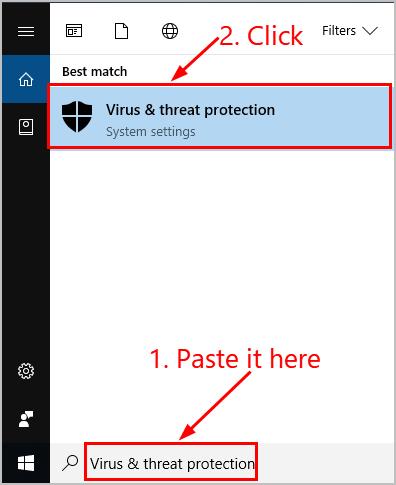
2) Click Virus & threat protection settings.

3) Scroll down to the bottom and click Add or remove exclusions.
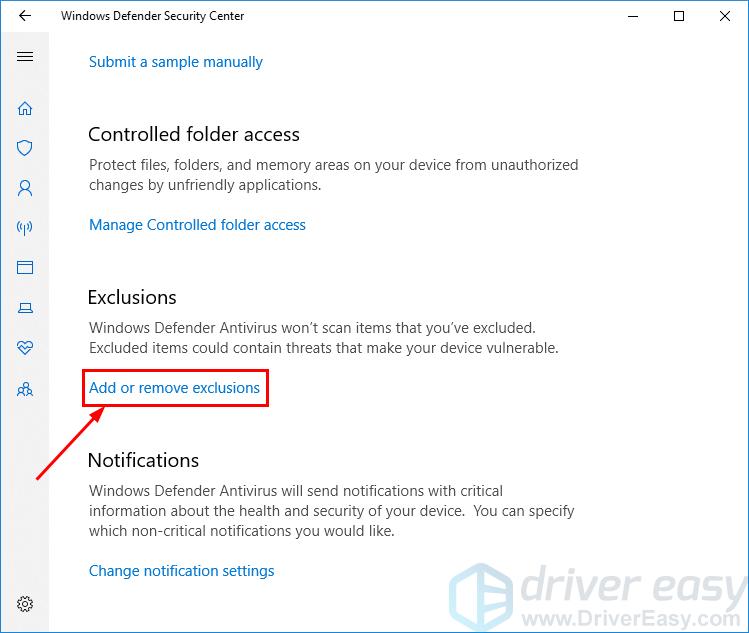
4) Click Add an exclusion > Folder.
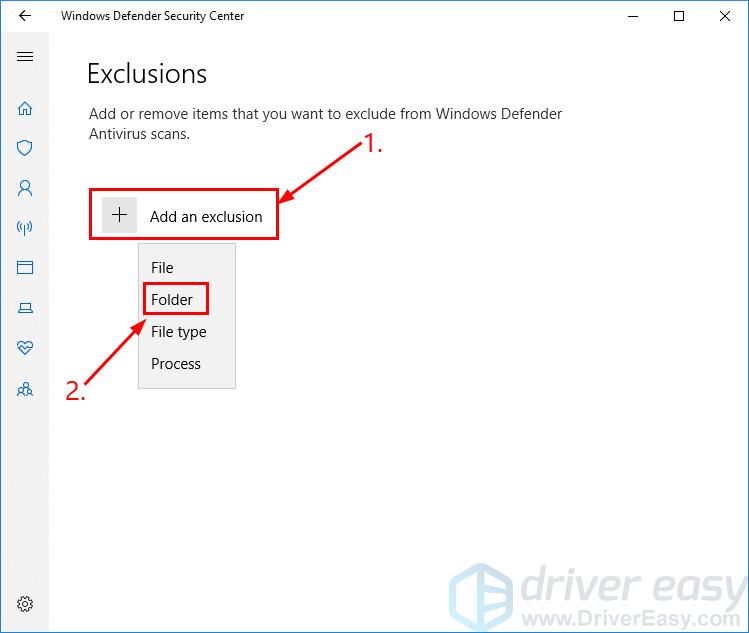
5) Copy & paste C:\Program Files\Windows Defender into the box and click Select Folder.
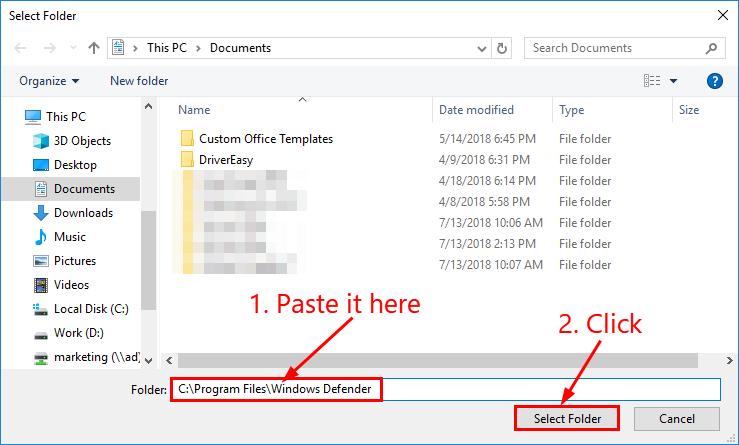
6) See if MsMpEng.exe is still hogging your CPU usage. If the problem persists, move on to Fix 2.
Fix 2: Disable Real-Time Protection and reschedule your Windows Defender
1) On your keyboard, press the Windows logo key and R at the same time, then copy & paste taskschd.msc into the box and press Enter.
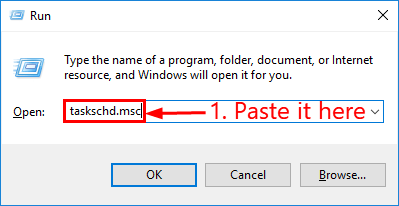
2) Locate and double-click on Task Schedule Library > Microsoft > Windows.
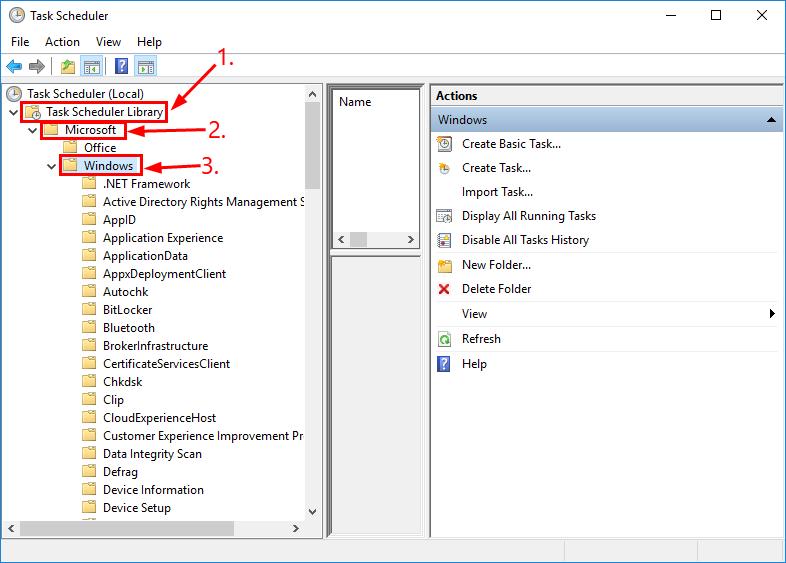
3) Scroll down to the bottom, double-click on Windows Defender, then right-click on Windows Defender Scheduled Scan and click Properties.
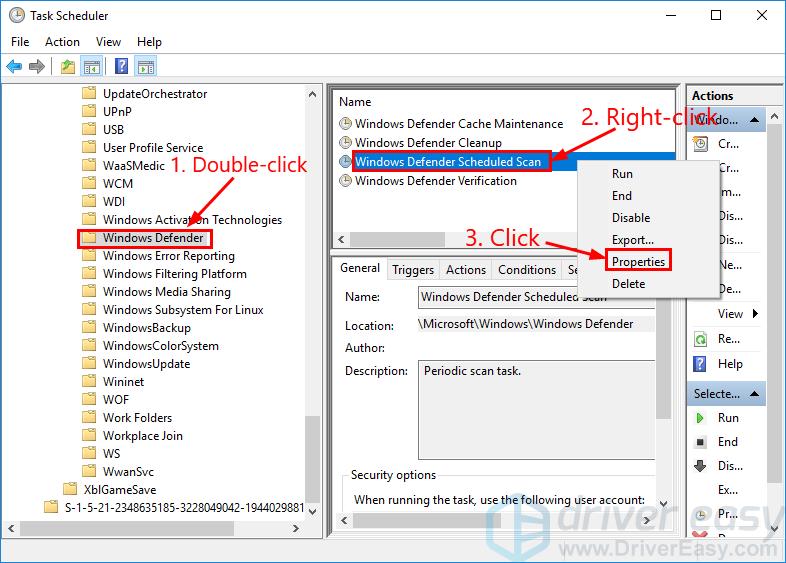
4) In the General tab, un-check the box before Run with highest privileges.
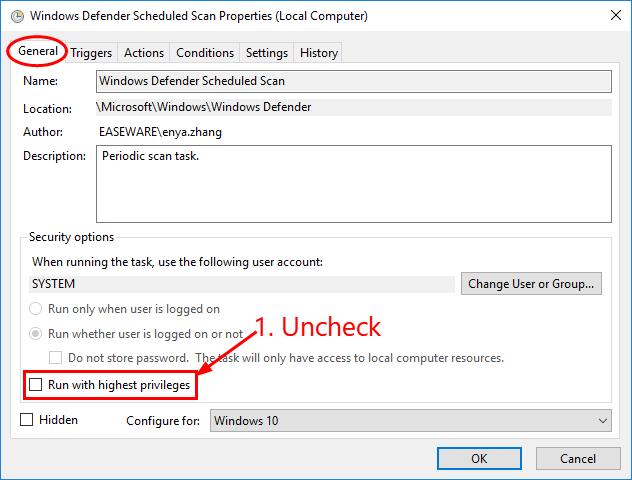
5) Click the Conditions tab, make sure the boxes in this window are unchecked.
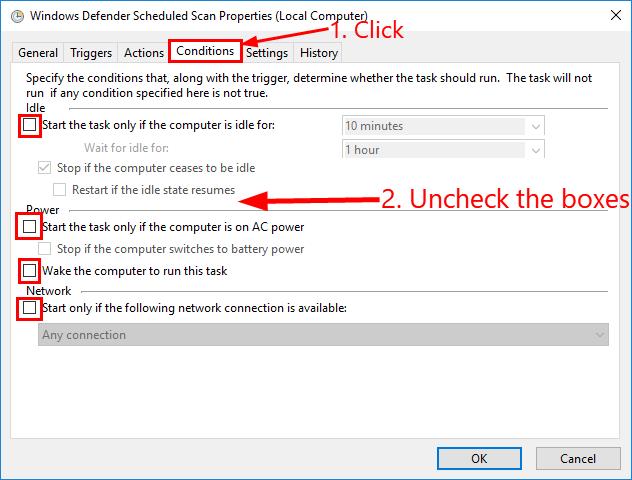
5) Click the Triggers tab > New….
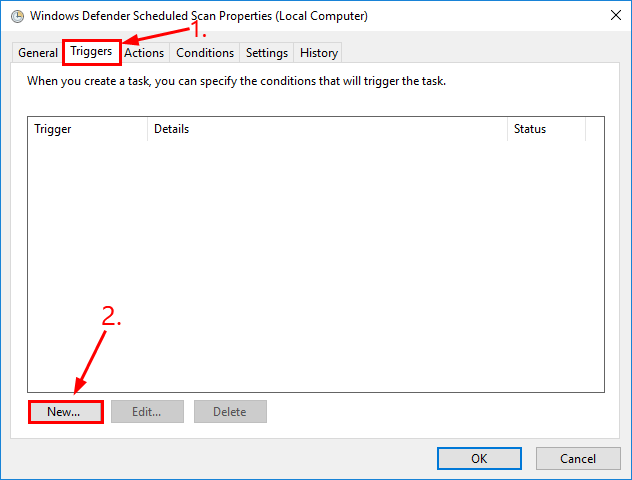
6) Schedule your own Windows Defender scan. Carefully choose the frequency, scan time and date at your own convenience and click OK.
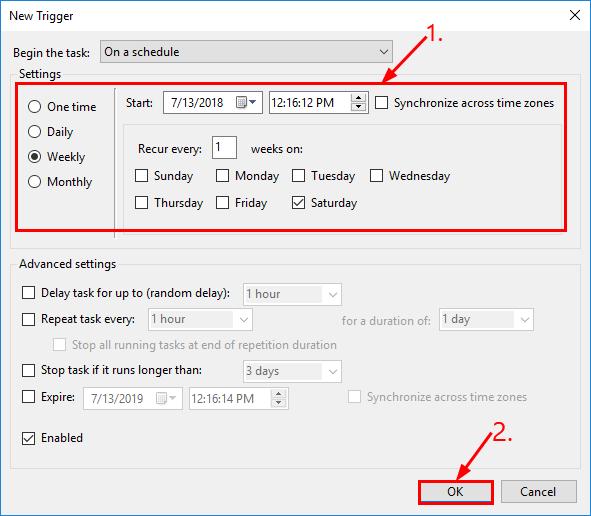
7) Restart your computer. Hopefully this time your MsMpEng.exe won’t be hogging too much of your CPU usage.
Fix 3: Use the Local Group Policy Editor to turn off Windows Defender
1) On your keyboard, press the Windows logo key and R at the same time, then copy & paste gpedit.msc into the box and press Enter.
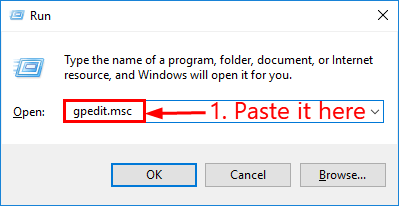
2) Locate and double-click on Computer Configuration > Administrative Templates > Windows Components.

3) Locate and double-click on Windows Defender Antivirus (aka. Windows Defender, same as below). Then double-click on Turn off Windows Defender Antivirus.

4) Choose the Enabled option, and click Apply > OK.
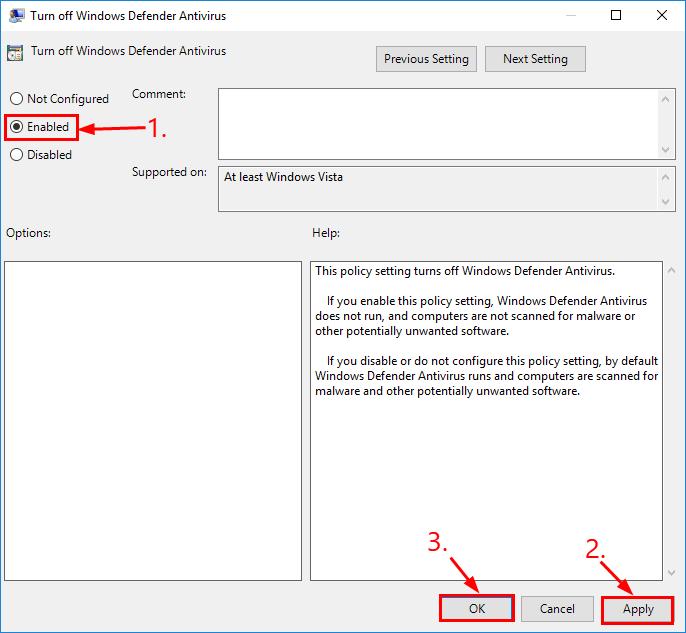
5) Restart your computer and see if your computer runs normally now.
Want us to fix the problem for you?
If the fix above didn’t work, and you don’t have the time or confidence to troubleshoot the problem for yourself, get us to fix it for you. All you need to do is buy a 1-year subscription to Driver Easy (just $29.95) and you get free technical support as part of your purchase. This means you can contact our computer technicians directly and explain your problem, and they’ll investigate to see if they can resolve it remotely.
That’s it – top 3 fixes for your MsMpEng.exe-eating-up-too-much-CPU-in-Windows 10 problem. Hope this helps and feel free to comment below if you have any further questions. 🙂





